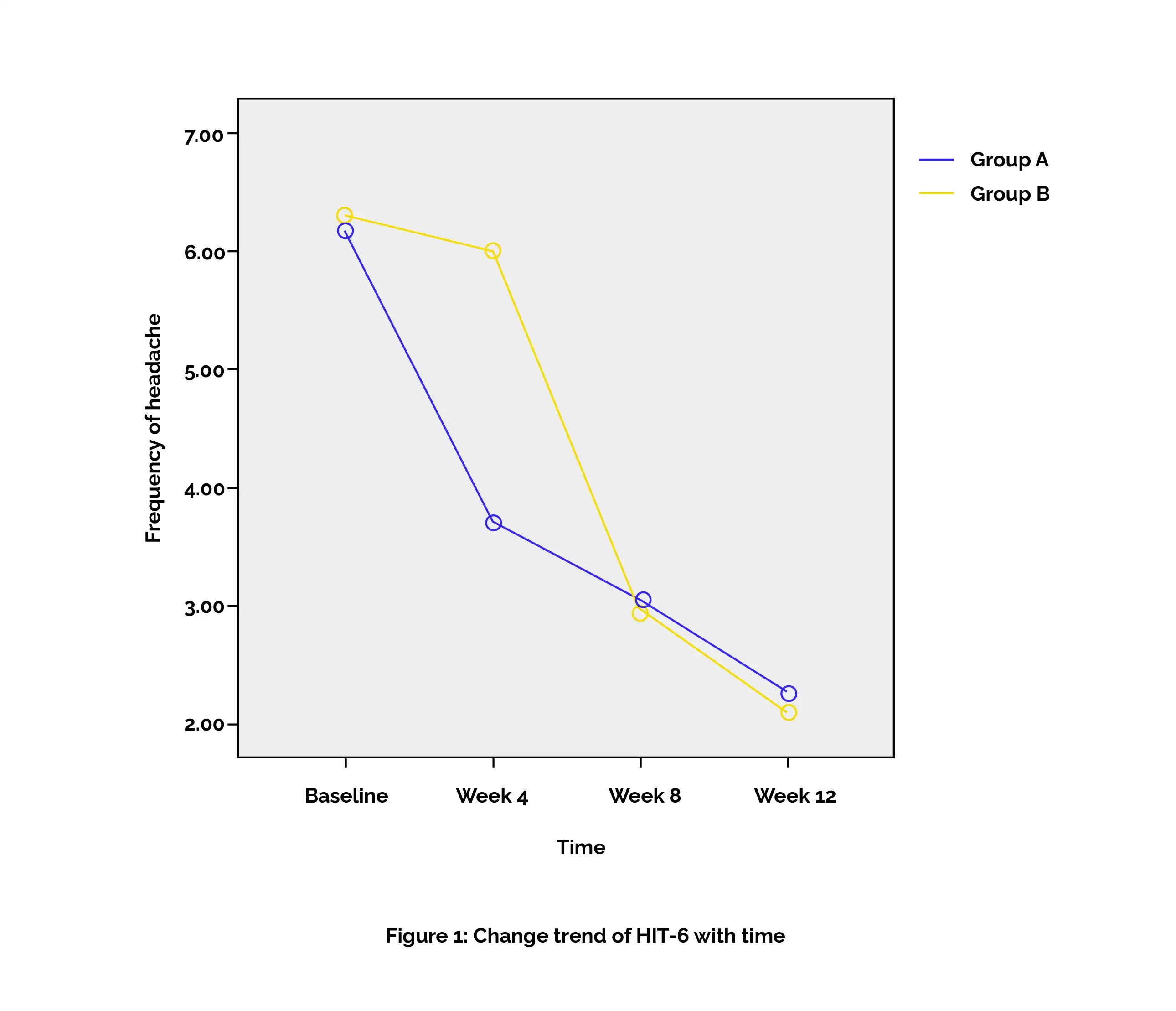Categories
Change Password!
Reset Password!


Craniosacral therapy is effective and safe for alleviating migraine intensity and frequency as well as headache-related disability.
In a single-center, randomized controlled trial, standardized craniosacral therapy (CST) proved to be both efficacious and safe in minimizing migraine intensity, frequency, and associated disability. Guangya Jiang et al. explored CST's usefulness as a potential intervention for migraine management. The study, utilizing a rigorous randomized controlled design, included a unique twist with the incorporation of complementary light-touch sham treatments (CLST) as an attention control intervention.
Overall, 87 volunteers, experiencing between four to nine migraine attacks per month, were randomly allocated to either two weekly units of CST or CLST for a four-week period. Subsequently, the two groups crossed over, continuing treatment for an additional 4 weeks, followed by a four-week observational period. The key endpoints included assessment of Headache Impact Test-6 (HIT-6) and headache frequency at baseline, week 4, week 8, and week 12.
Secondary endpoints comprised the Hamilton Anxiety Scale (HAMA) and the scores of Headache Disability Inventory (HDI), along with monitoring for noxious events. Of the initial 87 subjects screened for eligibility, 60 were deemed suitable for the study. While baseline differences in HIT-6 and headache severity between the two groups were not substantial, intriguing results emerged following CST sessions in 4th week (Group A) and 8th week (Group B), as depicted in Figure 1:

A remarkable decrease in headache frequency and HIT-6 scores was witnessed in both groups, contrasting with the less apparent changes noted following CLST with prior therapy. Additionally, the fourth evaluation illustrated no considerable rise or drop in the scores and frequency in both groups. Notably, the mean HIT-6 scores for all volunteers dropped profoundly after the three rounds of treatments, mirroring similar positive trends in HDI and HAMA scores.
Hence, standardized CST emerged as a safe and effective intervention, successfully alleviating migraine intensity, frequency, and disability linked to headaches. These encouraging findings pave the way for further, larger-scale research to solidify the role of CST in migraine relief.
Medicine (Baltimore)
Assessing the efficacy and safety of Craniosacral therapy for migraine: A single center randomized controlled trial
Guangya Jiang et al.
Comments (0)